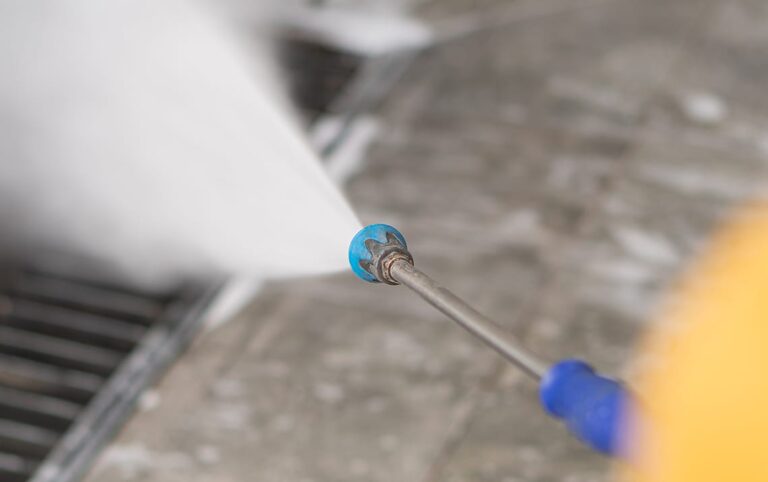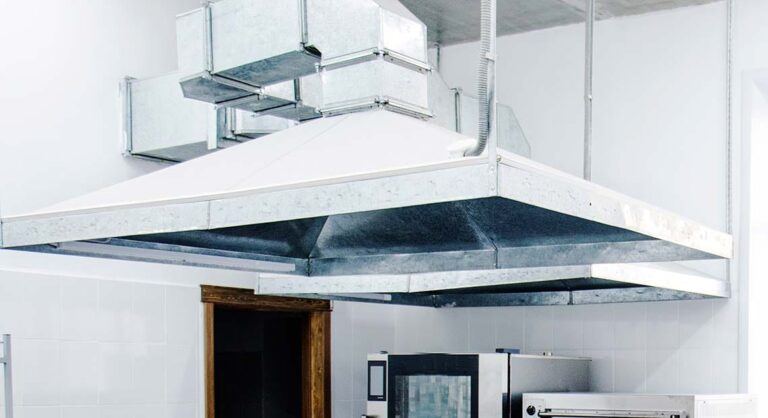Fire Safety Enhancement:
Regular inspections significantly contribute to improved fire safety in commercial kitchens. Accumulation of grease and debris in the exhaust system poses a fire hazard, and inspections help identify and prevent potential dangers.
Energy Efficiency Improvement:
Properly functioning exhaust hoods and ventilation systems enhance the energy efficiency of commercial kitchens. Inspections identify issues that may hinder efficiency, such as worn components or improperly installed ductwork. Addressing these concerns reduces energy costs and enhances overall efficiency.
Health and Safety Assurance:
Inadequate functioning of exhaust hoods and ventilation systems poses health hazards for kitchen staff and customers due to poor air quality. Regular inspections pinpoint issues compromising health and safety, ensuring a healthier environment by preventing the buildup of harmful gases.
Regulatory Compliance:
Commercial hood/vent inspections play a crucial role in ensuring compliance with local and national safety codes and regulations. Non-compliance can lead to fines or penalties, making regular inspections essential to confirm that the system adheres to codes, protecting property owners from potential consequences.
A commercial hood/vent inspection is indispensable for maintaining a secure, efficient, and compliant commercial kitchen. Timely identification and resolution of potential issues not only save time and money but also prioritize the health and safety of individuals within the kitchen environment.









